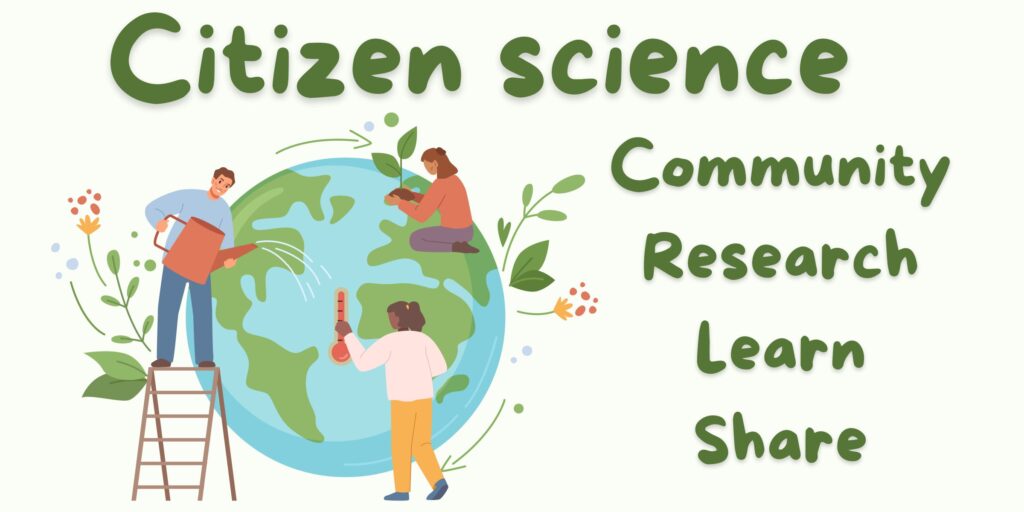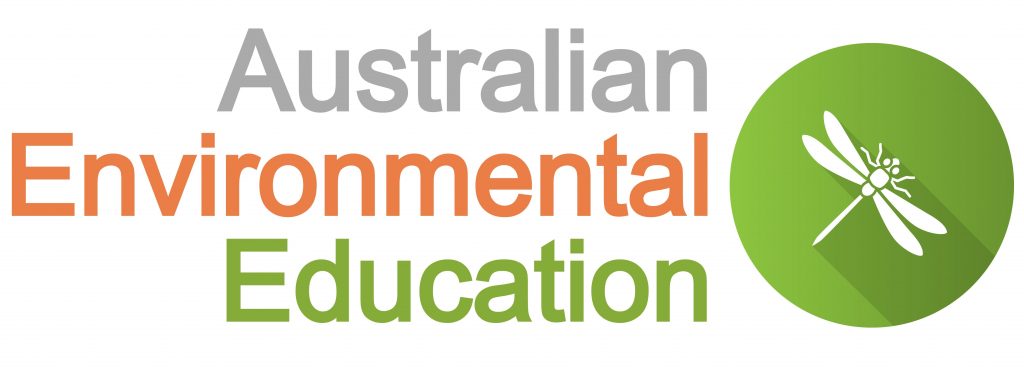Threatened Species Day is recognised across the Australia on 7 September every year to raise awareness of plants and animals at risk of extinction. Threatened Species Day acknowledges the death of the last remaining Thylacine, Tasmanian tiger at Hobart Zoo in 1936.

Australia is renowned for its extraordinary wildlife, with unique species that can’t be found anywhere else in the world. But with this rich biodiversity comes an unfortunate reality: many of our native animals are on the brink of extinction. Since European settlement, more than 100 species have been lost.
Unfortunately Australia is home to more than 1,800 species currently listed as threatened, including mammals, birds, reptiles, amphibians, and plants. Threatened Species Day is a call to action. It’s a moment to reflect on the species we’ve lost and a powerful reminder to protect those we still have.
The key drivers of species decline in Australia include:
- Habitat destruction: Urbanization, land clearing for agriculture, and mining have destroyed vast areas of natural habitat.
- Invasive species: Introduced animals such as foxes, cats, and rabbits have devastated native wildlife populations.
- Climate change: Rising temperatures, bushfires, and prolonged droughts are pushing species beyond their limits.
- Pollution: Waterways and ecosystems are increasingly under threat from pollution, including plastic waste.

How You Can Help
Saving Australia’s threatened species might seem daunting, but there are actions each of us can take to make a difference. Here are some meaningful ways to get involved:
Support Conservation Organizations
Many non-profit organizations across Australia work tirelessly to protect threatened species and their habitats. Supporting groups like the World Wildlife Fund (WWF), the Australian Wildlife Conservancy, or local wildlife rescue centers through donations or volunteering can make a huge difference. Your contribution helps fund research, habitat restoration, and species recovery programs.
Create Wildlife-Friendly Spaces
Whether you have a sprawling backyard or a small balcony, creating wildlife-friendly spaces is a practical way to help. Planting native trees and shrubs provides food and shelter for local birds, insects, and small mammals. Installing nesting boxes for birds, possums, or microbats can also offer safe havens for these creatures. Even small actions like placing water bowls out during the hot summer months can support local wildlife.
Say No to Single-Use Plastics
Plastic pollution is a major threat to marine life, with countless animals affected by ingesting or becoming entangled in plastic waste. Reducing your reliance on single-use plastics—like bags, straws, and packaging—can prevent these items from ending up in our oceans and rivers. Opt for reusable alternatives and dispose of waste responsibly.
Be a Responsible Pet Owner
Pets, especially cats and dogs, can pose significant threats to native wildlife. Keeping your pets indoors or supervising them outside, especially in areas where threatened species may live, can prevent them from hunting or disturbing local animals. Desexing pets and ensuring they are microchipped helps reduce stray populations, which often prey on wildlife.
Get Involved in Citizen Science
Many conservation programs rely on the public to help monitor species populations. Citizen science initiatives like BirdLife Australia’s backyard bird count, the Australian Koala Foundation’s koala surveys, or FrogID allow everyday Australians to contribute to important scientific data. These efforts help researchers track changes in populations and better understand the needs of threatened species.

Advocate for Stronger Environmental Laws
While individual actions are important, systemic change is essential for long-term conservation success. Stay informed about environmental issues and advocate for stronger environmental protections, particularly when it comes to land clearing, mining, and deforestation. Contact your local representatives, sign petitions, and participate in community meetings where decisions about land use are being made.
A Shared Responsibility
Saving Australia’s threatened species is a shared responsibility. Each one of us has a role to play, whether it’s through everyday actions like reducing waste, getting involved in local conservation projects, or speaking up for stronger environmental protections.
Threatened Species Day is a moment for reflection, but it’s also a call to action. Together, we can ensure that future generations have the chance to witness the beauty and diversity of Australia’s wildlife—not just in pictures or history books, but in the wild, where these creatures belong.
Let’s make a difference, today and every day.




